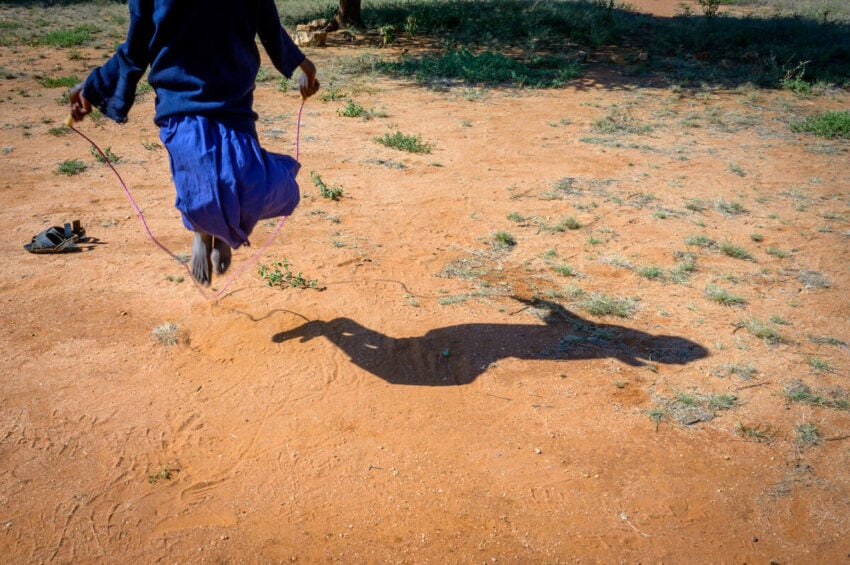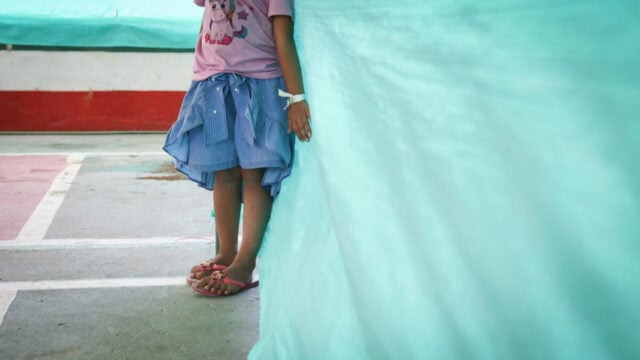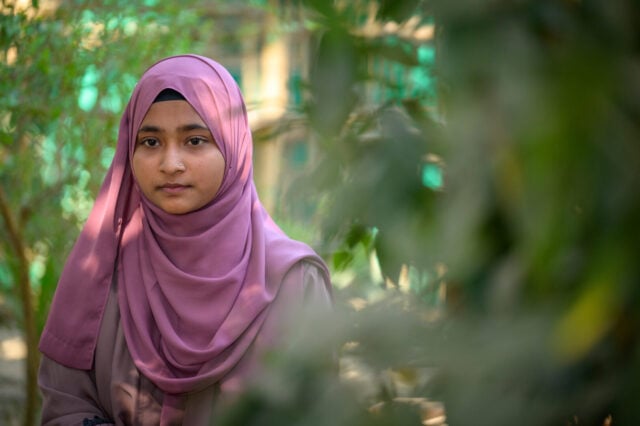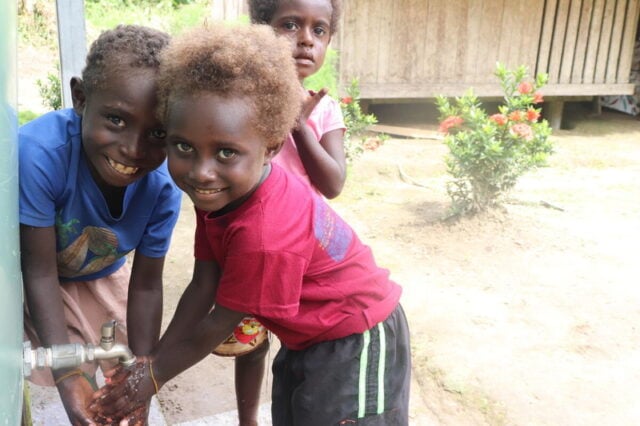Child marriage and forced marriage are violations of child protection and human rights. This widespread, harmful practice not only compromises a child’s development; it also severely limits their health, wellness, and opportunities in life. And yet globally, at least 12 million girls are married each year before 18 — that’s 22 girls every minute.
As we approach International Day of the Girl (October 11), we invite you to learn more, take action, and help amplify this vital movement.
Why this matters now?
The United Nations Sustainable Development Goal 5 (equality for women and girls) calls for a global effort to end child marriage by 2030. But to meet the goal, progress needs to accelerate more than 20 times faster. The compounding effects of extreme weather, conflict, and economic instability are putting even more girls at risk.
FAQs: What you need to know about child marriage
Explore facts and frequently asked questions about child marriage, and learn how you can help end it.
- What is child marriage?
- How is forced marriage related to child marriage?
- How many child brides are there in the world?
- Why does child marriage happen today?
- Where does child marriage happen most?
- Are boys affected by child marriage?
- How are poverty and child marriage connected?
- Why is child marriage harmful?
- How does access to education for girls help reduce child marriage?
- What is World Vision’s Big Dream to End Child Marriage program?
- What is World Vision doing to help end child marriage?
- How can I help end child marriage?
What is child marriage?
Child marriage occurs when one or both parties are under the age of 18. It is a violation of children’s protection and human rights. Many factors can lead to child or forced marriage — from financial or food insecurity to harmful cultural or social norms. Whatever the cause, it compromises a child’s development and severely limits their opportunities in life.
While child marriage is far more likely to happen to girls, in some countries, it’s not uncommon for boys to marry before 18. Often, a younger girl is married to an older man.
How is forced marriage related to child marriage?
A forced marriage occurs when one or both individuals do not give full, free, and informed consent to the marriage. Since children are not legally or developmentally capable of giving such consent, child marriage is inherently a form of forced marriage.
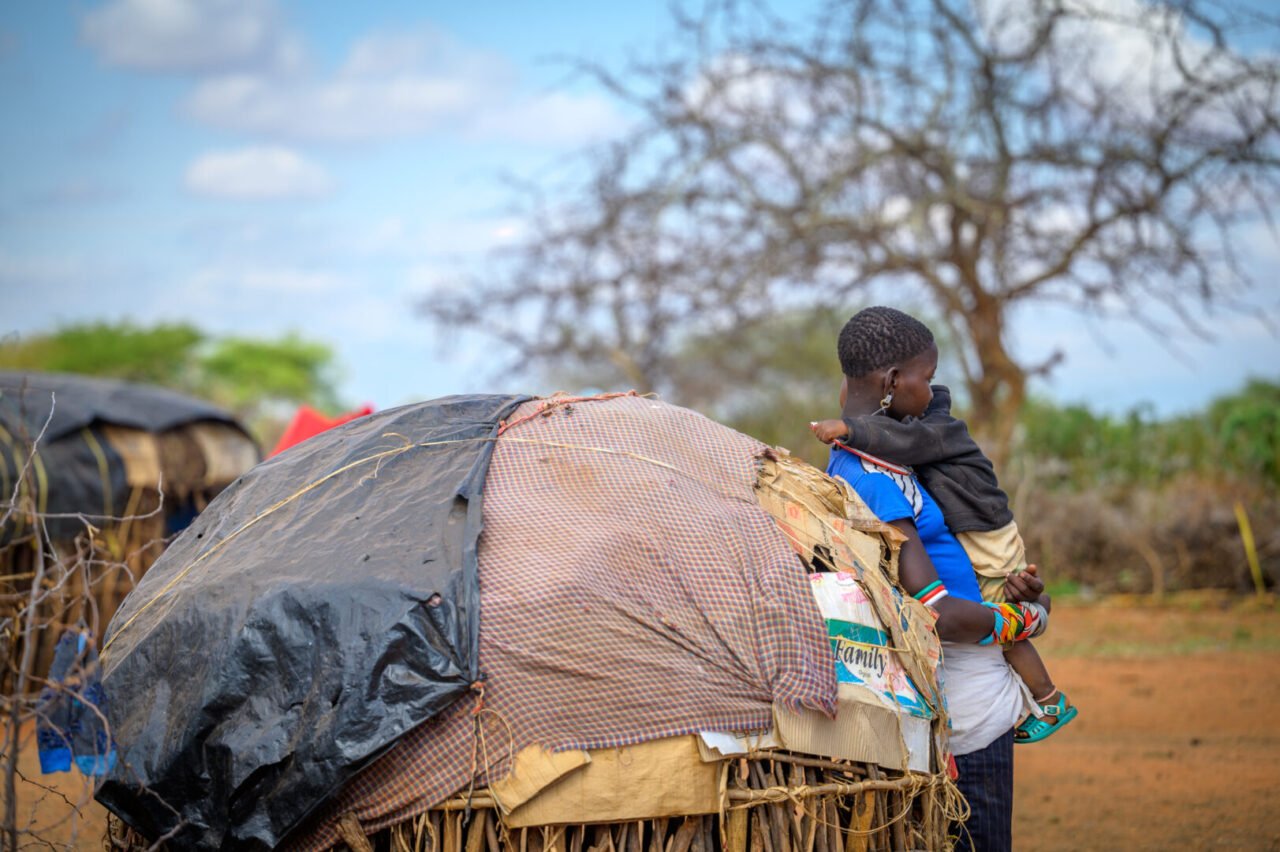
How many child brides are there in the world?
About 650 million women alive today were married before their 18th birthday. Worldwide, about 19% of girls are married in childhood.
Why does child marriage happen today?
The causes are complex and varied. It’s motivated by different factors across communities and regions — sometimes even within the same country. Overwhelmingly, children married under the age of 18 come from the world’s most impoverished nations.
In addition to poverty, no access to education, preserving family honor or providing “protection” for the family, harmful social norms and customs, and religious beliefs can all factor into children being forced into marriage.
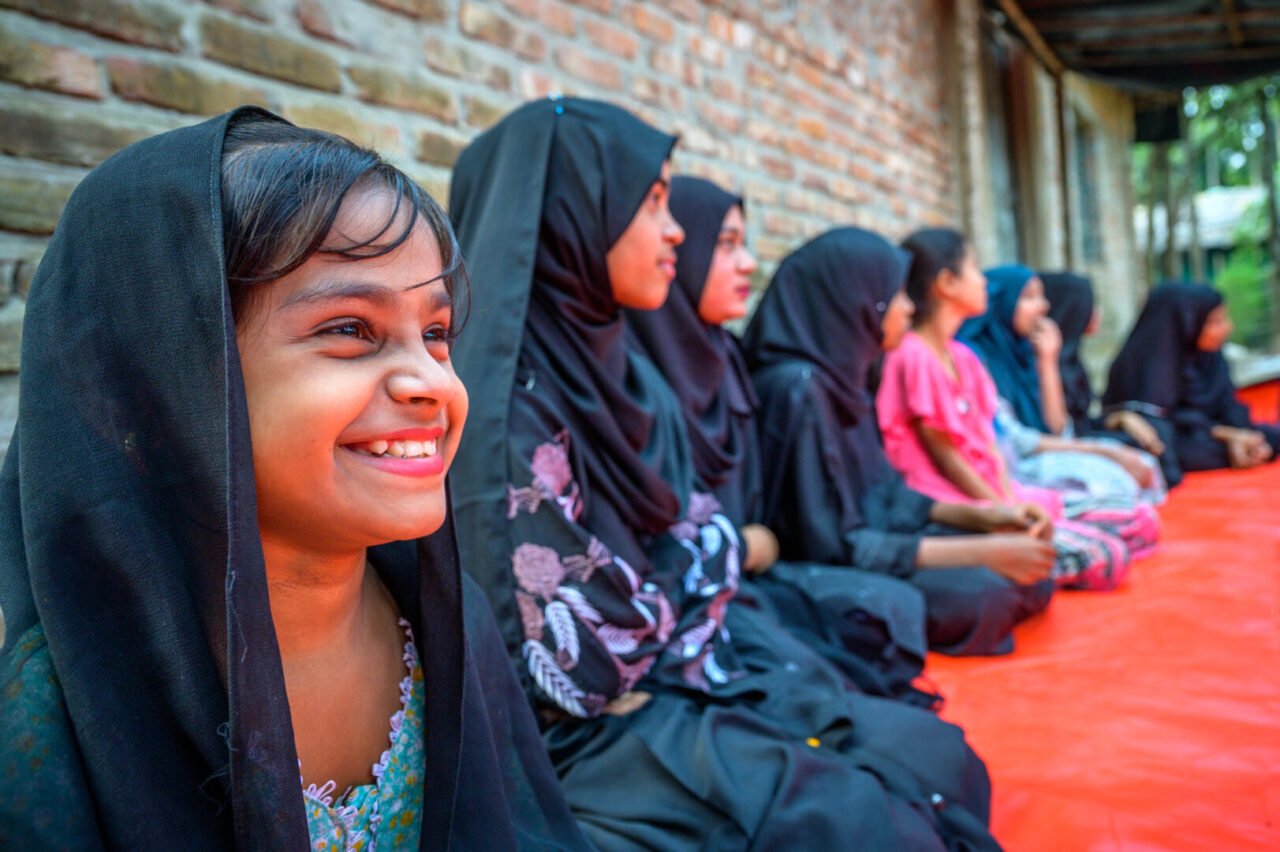
Where does child marriage happen most?
Child marriage is a global issue. It occurs across ethnic, cultural, and religious lines and in almost every region, including sub-Saharan Africa, South Asia, and parts of the Middle East.
Are boys affected by child marriage?
Yes. While girls are disproportionately impacted, around 115 million boys and men alive today were married before 18. Boys may also be pressured into early marriage due to poverty, family tradition, or conflict, though their experiences and consequences tend to differ.
How are poverty and child marriage connected?
Poverty is both a driver and a consequence of child marriage. For struggling families, marrying off a daughter may help reduce household costs or generate income through dowry or bride price. In some contexts, marriage may be used to settle debts or disputes.
While poverty is a key cause of child marriage, it’s also an ongoing consequence. Deprived of education and economic opportunity, girls who marry young are more likely to remain impoverished and dependent throughout their lives.
Why is child marriage harmful?
Child marriage has far-reaching effects on girls’ physical and mental health, as well as their lifelong opportunities. When girls marry as children, they are less likely to reach their full potential. They often experience separation from family and friends during a critical phase of their development. Instead of pursuing education and engaging in healthy social activities and age-appropriate play, they are expected to take on the responsibilities of adulthood — managing a household and raising a family. A girl married before 18 usually doesn’t have the opportunity to choose her future.
- Child marriage has a profound impact on a girl’s ability to continue her education. Many girls are forced to drop out of school to focus on domestic responsibilities or to care for children. Parents and community leaders might not recognize the importance of education, viewing it as unnecessary for her main roles in life as a wife and mother.
- Child marriages have devastating consequences on girls’ health and development. At such a young age, they are not physically and emotionally prepared for motherhood. Teen moms and their babies are both at a higher risk of dying in childbirth than women who have children later. Complications in pregnancy and childbirth are among the leading causes of death globally among adolescent girls ages 15 to 19.
- Young girls also may not fully grasp their sexual and reproductive health and may have difficulty accessing contraception and family planning information. They’re also more likely to experience domestic violence or exploitation, even within marriage.
- Girls in informal unions, rather than legally recognized marriages, face an even greater risk of economic exploitation and abuse since they lack the full advantages of social recognition, citizenship, and inheritance.
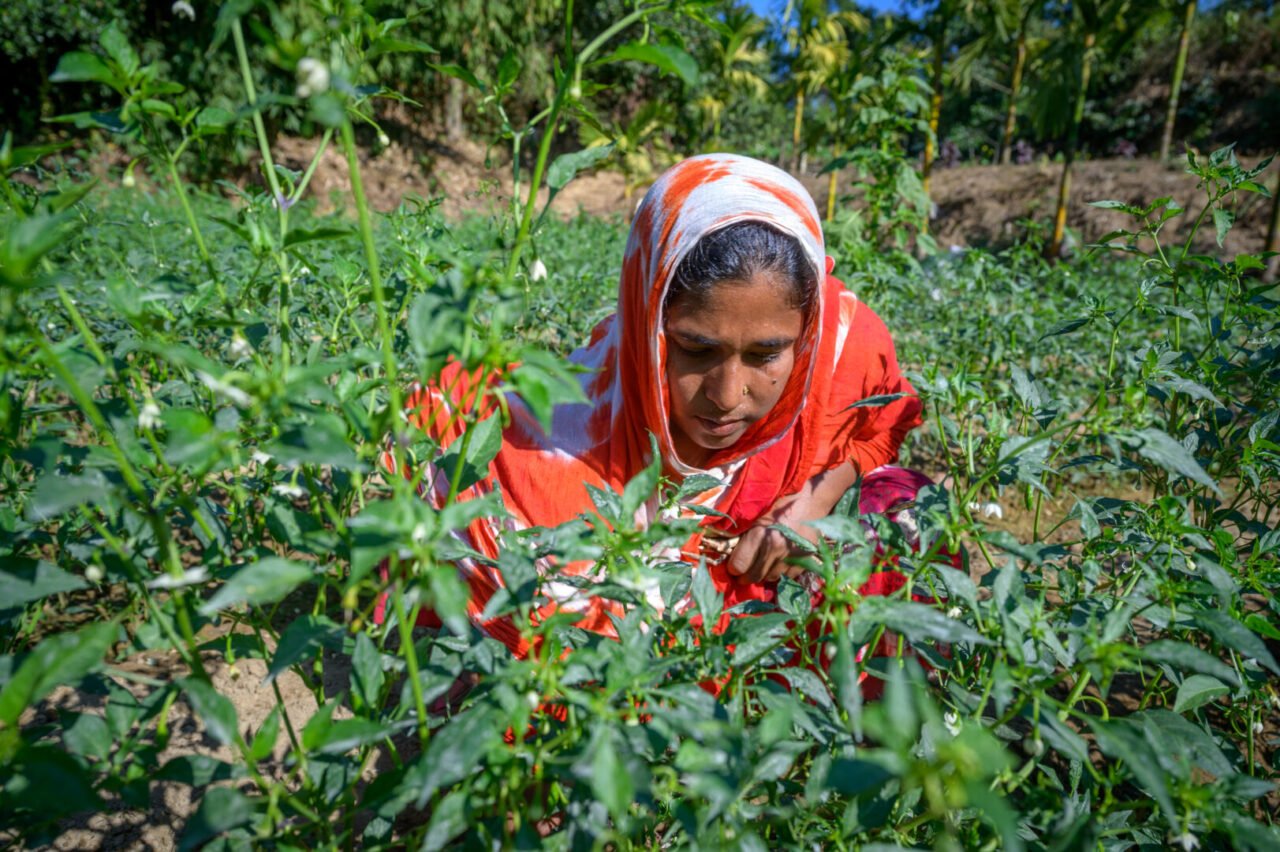
How does access to education for girls help reduce child marriage?
Girls who attend secondary school or higher are significantly less likely to marry before 18. Education empowers girls to make informed decisions, promotes confidence, and creates a future for economic opportunities.
What is the Big Dream to End Child Marriage program?
World Vision’s Big Dream to End Child Marriage program focuses on helping to end child marriage and other harmful practices by 2030 everywhere we work in Kenya and areas of Bangladesh through community-driven, faith-rooted approaches. The program:
- Places girls at the center: We work with faith, community, and government leaders to recognize and confront injustices for women and girls in their communities
- Addresses root causes: Poverty, harmful cultural and social norms, and barriers to education
The program uses an integrated five-pillar approach, encompassing behavior change, access to education, economic empowerment, access to water and sanitation, and stronger child protection systems.
Over the next four years in Bangladesh and six years in Kenya, World Vision seeks to transform entire communities by empowering more girls to complete their education, gain skills to rise out of poverty, and break free from the cycle of child marriage.
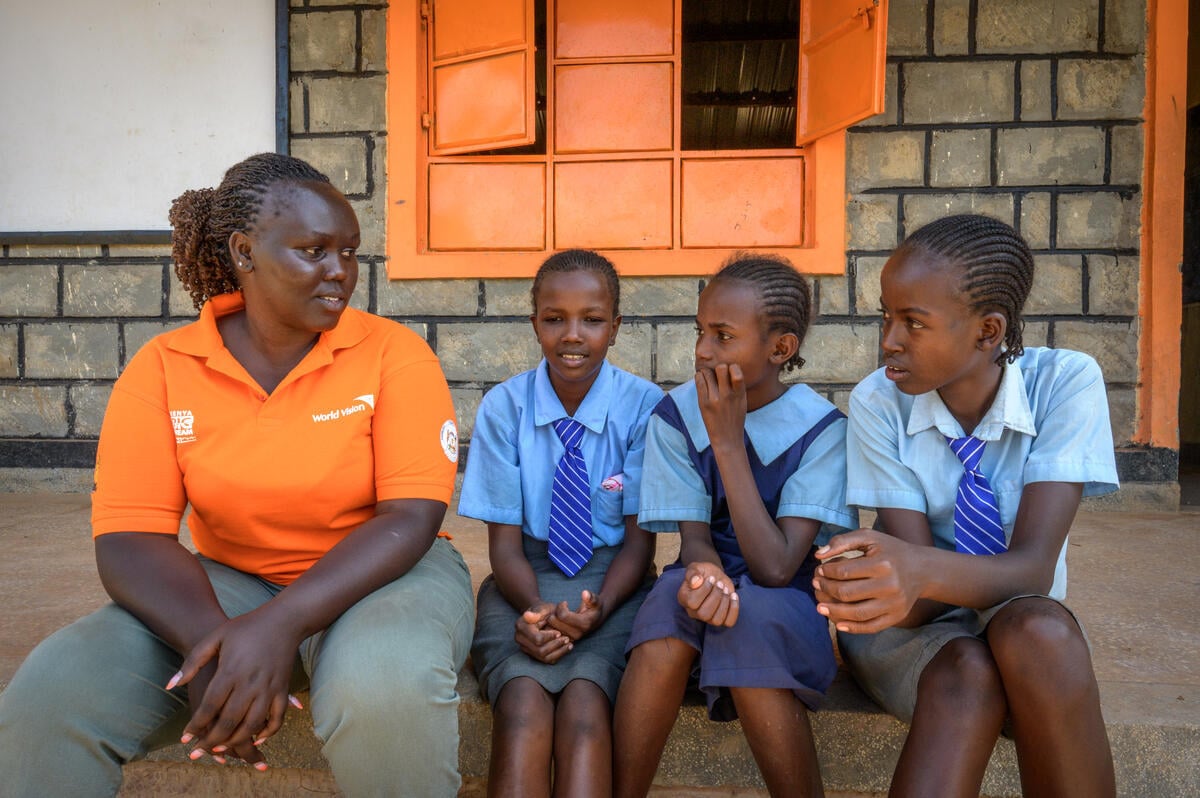
What is World Vision doing to help end child marriage?
Wherever World Vision works, we make child protection a priority.
- We empower children with educational opportunities.
- We partner with their families and communities — men, women, boys, and girls — to help everyone understand a girl’s worth and potential. For programs to succeed, everyone needs to work together to help transform harmful practices.
As girls grow into women, our work in maternal, newborn, and child health plays a critical role in improving the health of mothers and babies. We educate community members on the importance of supporting women during pregnancy and motherhood and on the healthy timing and spacing of pregnancies.
Communities, countries, and entire generations suffer the lasting impacts of child marriage when girls aren’t educated and empowered. By contrast, allowing girls to stay in school has serious payoffs, including reducing poverty and inequality and growing girls’ confidence, knowledge, and skills. That’s why World Vision addresses inequalities for women and girls in our work to help communities achieve sustainable development, economic growth, and better prospects for all children.
How can I help end child marriage?
- Pray for girls at risk and for cultural changes that values their voices and dreams.
- Sponsor a girl today. By investing in the life of a girl in need, you’ll help alleviate some of the conditions that put her at risk of child marriage, all while equipping her with access to the resources she needs to become a healthy, productive adult.
